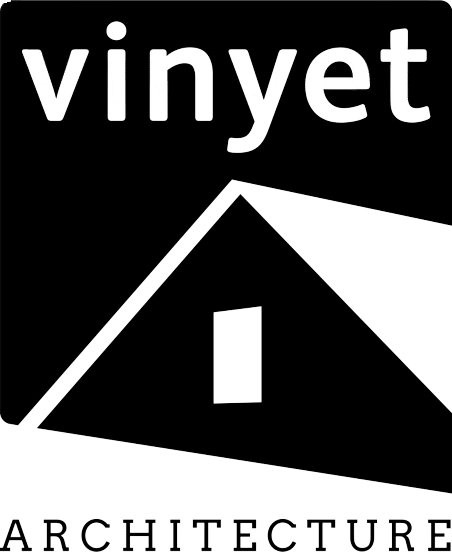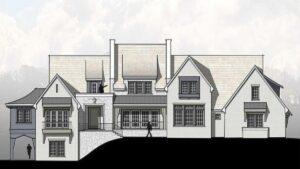When we think about architecture, we often imagine the creative process of designing buildings, but a crucial aspect of this process involves understanding the terrain where these structures will stand. For those wondering how a topographic map helps an architect, this is where it becomes vital.
Understanding the Landscape
A topographic map contains large-scale detail and representation of relief, usually using contour lines or any other methods. For architects, these maps are indispensable as they reveal the contours of the land, including elevations and depressions. This information is pivotal for surveying and planning construction projects, as it influences everything from foundation designs to drainage systems.
Practical Applications in Architecture
In the field of architecture, the practical uses of topographic maps in architecture are numerous. These maps provide a clear picture of the terrain, helping architects to choose the best site for construction. They can identify potential water issues, such as flooding risks, and understand the soil composition, which is crucial for laying strong foundations. By understanding topography, architects can design buildings that harmoniously blend with their natural surroundings.
Critical Questions for Architectural Planning
For anyone planning a construction project, questions to ask an architect before hiring them should include their approach to utilizing topographic maps. This can reveal an architect’s commitment to integrating a building within its environment and ensuring its long-term sustainability and safety.
The Role of Topographic Maps in Design Decisions
Architects use topographic maps to make informed decisions about the materials and construction methods suitable for a specific site. For instance, understanding whether the ground is rocky or marshy influences the choice of foundation type. These maps also assist in planning for efficient water drainage and preventing erosion, which are critical for the longevity of any structure.
Impact on Urban and Rural Planning
In both urban and rural settings, topographic maps are instrumental. They help in planning the layout of towns and cities, determining the placement of utilities, and even deciding the locations for public amenities like schools and hospitals. For larger projects, such as bridges or industrial zones, these maps provide essential information about the landscape challenges and opportunities.
Enhancing Design Efficiency
Finally, the use of topographic maps in architecture leads to more efficient and effective design processes. These maps save architects time and resources by providing a wealth of information at their fingertips. This efficiency benefits not only the architect but also the client, ensuring a design that is both aesthetically pleasing and functionally sound.
Are you looking for a creative and reliable architect in Charleston, SC? Vinyet Architecture offers innovative design solutions for your dream home or commercial space. Connect with us for expert guidance.






